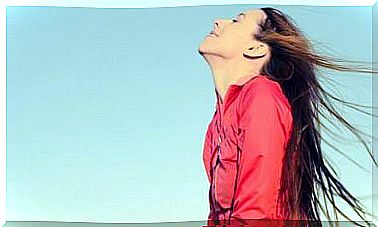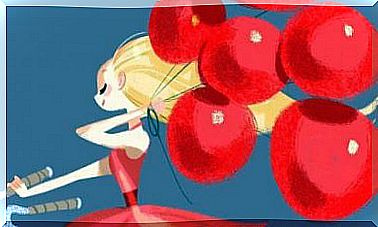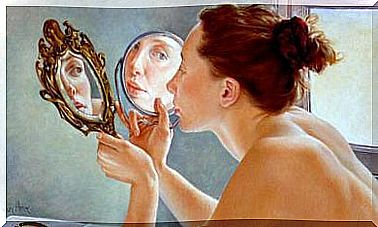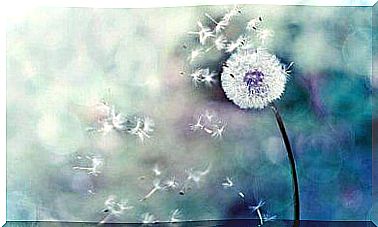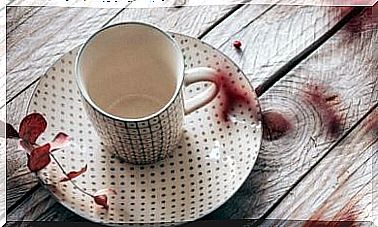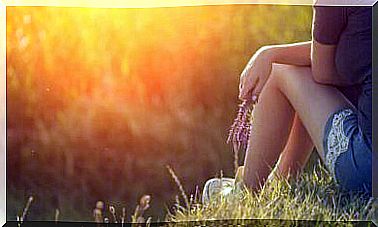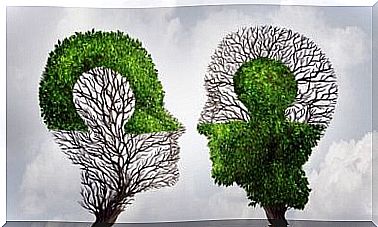Practicing Qigong – Properties And Practice
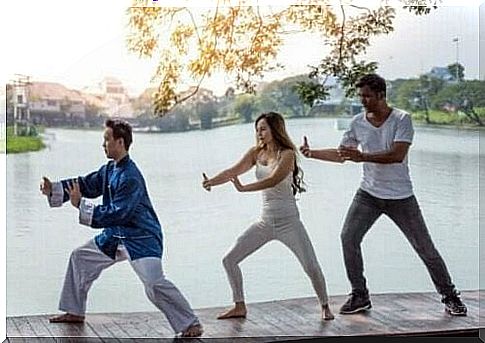
Practicing qigong is about awareness of how we use and optimize our body’s energy. It is an ancient practice in traditional Chinese medicine and early versions of it can be traced as far back as 2,300 years in time.
The practice of qigong requires control of breathing, movements and visualizations, in the same way as in traditional Chinese medicine with acupuncture. According to this perspective, health is strengthened as there is plenty of vital energy, the so-called “qi”. This energy must be allowed to circulate freely, without stopping or dissipating, and being kept in balance. According to qigong, there should be no excess or lack of qi in any part of the body. The result when you maintain a good balance is good physical and good mental health.
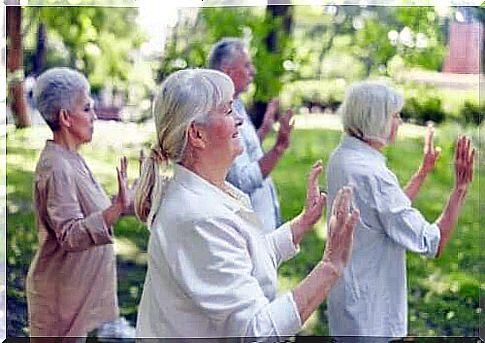
To practice qigong
Anyone can practice qigong, regardless of age and physical condition. It is based on static postures, dynamic movements, sitting positions and sounds. Unlike yoga, it does not require any extensive physical skills to be able to perform these.
In qigong, you do not need a teacher. You can learn it and practice it on your own. It is also governed by the “little and regularly” principle. That is, practice for short periods, but often recurring. Usually no more than 15 to 30 minutes a day is enough.
The most common practice of this art begins with a self-massage, followed by a relaxation of the joints. This is followed by a static posture, then a dynamic movement and finally meditation. Most movements come from the Taoist tradition. Others are Buddhist-inspired, and still others are modern.
The benefits of practicing qigong
Qigong tries to balance the body’s energy to nourish and strengthen the body. Estimates suggest that the benefits of this practice become noticeable after three months of daily routines. From the point of view of traditional Chinese medicine, qigong can achieve the following results:
- Reduced stress. Like tai chi, this exercise can reduce stress and anxiety. In Chinese medicine, these feelings are linked to digestive problems, so it can also lead to better digestion.
- Strengthens the immune system through balanced energy, making the body less vulnerable to infections and more serious diseases such as cancer. It also helps reduce the side effects of chemotherapy or radiation therapy.
- Help reduce chronic pain caused by diseases such as arthritis or rheumatism. In the same way, the practice relieves all types of muscle pain and prevents headaches.
- Strengthened muscle mass. Thus, this practice helps to reduce muscle loss, which is an important factor that can reduce falls in people over 70 years of age.
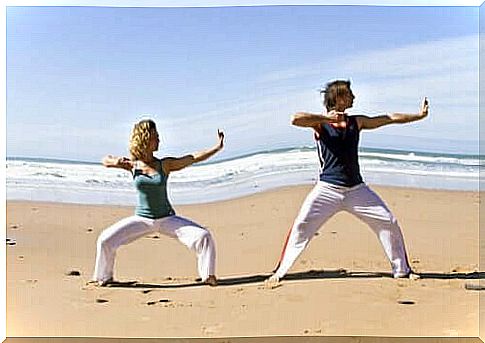
Qigong and traditional Chinese medicine
Within the Chinese philosophical tradition, which is the core of the country’s traditional medicine, all phenomena in the universe can be classified according to yin and yang properties. Yin corresponds to the feminine and stands for cold, rest, the interior, softness, receptivity, tenderness and similar concepts.
Yang corresponds to the masculine and stands for heat, movement, strength, activity, hardness, etc. In the same way, for traditional Chinese medicine there is an essential form of energy called qi, which flows as it flows through an energy system consisting of a network of so called meridians.
Diseases occur when qi does not flow freely. In other words, when the circulation of qi stagnates or if it is interrupted or dispersed. This type of medicine therefore aims to make this energy flow properly and to restore the yin-yang balance. This is achieved through acupuncture, massage, diet, herbal medicine – and qigong.
